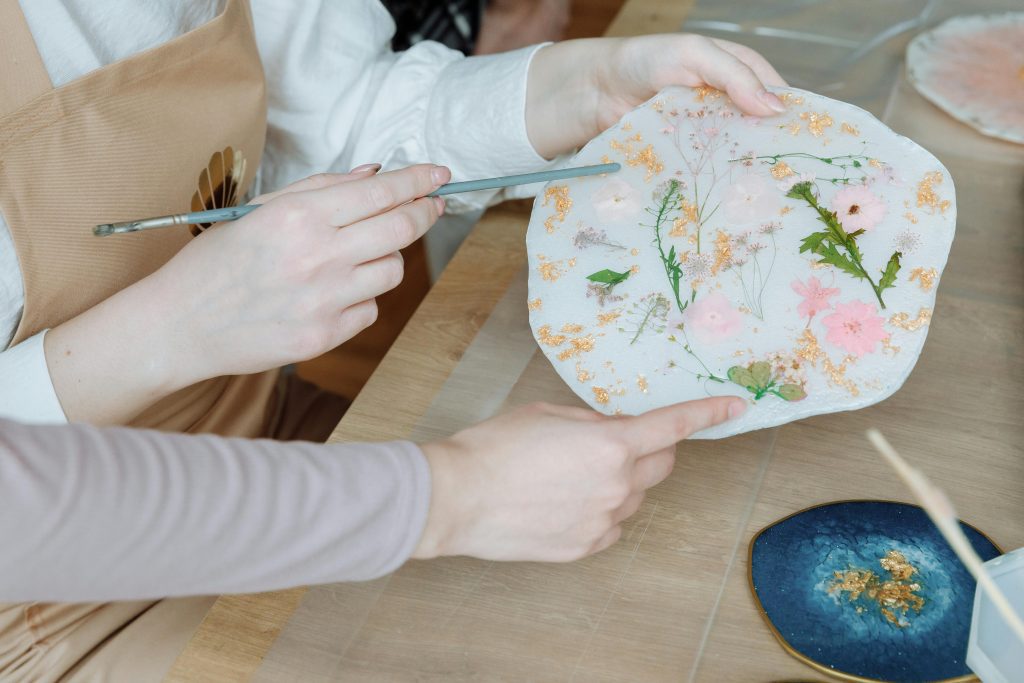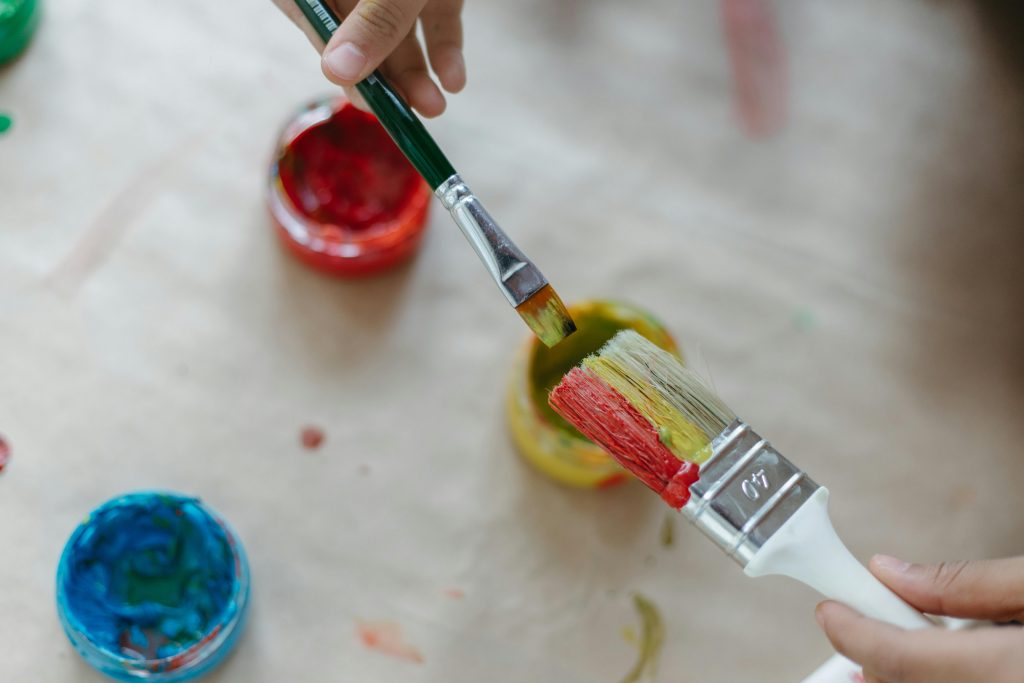How to Arrange Your Portfolio Like a Storyteller

Your Portfolio Is More Than a Showcase
A lot of artists think of a portfolio as simply a place to show their best pieces. That mindset, while understandable, misses a crucial opportunity. Your portfolio is more than a gallery of good work. It’s a story, a curated experience that tells viewers who you are, how you think, and what your artistic evolution looks like. When you stop seeing your portfolio as a brag board and start seeing it as a journey, the narrative flow becomes your best tool.
Think about the last time you saw a great exhibition. You probably walked through it with a sense of rhythm, of pacing, of intentional decisions behind every placement. That’s what your portfolio needs too. Whether digital or physical, the way you sequence your work affects how someone experiences you as an artist. It’s like reading a novel. If the chapters were all jumbled, you’d lose the plot.
Storytelling isn’t just for books. It’s for visuals too. And arranging your art in a way that creates build-up, tension, contrast, and resolution can leave a lasting impression on galleries, jurors, collectors, and curators. Your portfolio should take people on a ride, not just show them where you’ve been.
Start with a Strong Opening
The beginning of your portfolio is your hook. You don’t want to warm up gradually. You want to lead with something that instantly grabs attention and reflects your identity as an artist. Choose a piece that sets the tone. It doesn’t have to be your most complex or largest work, but it should be something that makes people stop and take notice.
A compelling opening piece often has clarity, boldness, or a unique concept. It should feel like an invitation. Think of it as the cover of a book or the opening scene of a film. It sets expectations and gives viewers a glimpse of what’s to come. If someone only sees the first few works in your portfolio, they should still walk away with an accurate impression of who you are.
Also consider how this opening piece flows into the next. The transition should feel intentional. A good trick is to think in pairs: how does one work set up the next? Is there a color thread, a conceptual leap, or a material connection?
Build a Middle That Deepens the Story
Once you’ve pulled your viewer in, the middle of your portfolio is where you really get to work. This is where you show your range, your complexity, and your process. You might explore themes from different angles, experiment with different techniques, or even show contrasting styles that still feel cohesive.
Don’t be afraid to show progression. The middle is where your growth as an artist should shine. Maybe you show a project series, or a shift in medium, or the moment you took a creative risk. This section should offer substance. It’s the meaty part that gives context to your opening and brings weight to your closing.
And remember to keep guiding the eye. Just like a well-edited film doesn’t linger too long on one scene, your portfolio should maintain momentum. Think about pacing. After a highly detailed piece, you might want to follow with something more minimal to let the viewer breathe.

Close with Resonance
The end of your portfolio matters just as much as the beginning. It’s the last impression someone walks away with. You want it to be memorable, thoughtful, and reflective of your future direction. Don’t just trail off with something you weren’t sure where to place.
Choose a piece that encapsulates your message or hints at where you’re headed creatively. Maybe it’s a newer work that shows promise or an experimental piece that opens questions rather than answers them. Ending with a bold note can make someone pause and think.
Also, think about how the ending loops back to the beginning. Is there a visual callback or a thematic echo? This can create a sense of completeness that leaves viewers feeling like they’ve experienced a story with purpose.
Use Captions to Support the Narrative
Sometimes, the work speaks for itself. But more often than not, a well-written caption can elevate the narrative flow of your portfolio. Captions are like dialogue in a movie. They don’t explain everything, but they give just enough to help the audience connect.
Use captions to explain intent, materials, or transitions. If a piece was a turning point for you, say so. If two works were created as part of the same project, link them. Don’t over-explain, but give viewers a window into your thinking.
This doesn’t have to be formal. In fact, a more conversational tone can often be more engaging. Your captions can help shape the emotional rhythm of the portfolio. They offer breathers, cues, and insight without needing to give away every secret.
Play with Formats That Enhance Flow
The structure of your portfolio can make or break the story. Linear formats are the most common, start to finish, oldest to newest, but they’re not the only way. You could group works thematically, present a timeline, or even create visual chapters.
Try arranging your works in storyboards or mock exhibition layouts. This can help you see how your pieces speak to one another in space. If you’re using a digital platform like Women In Arts Network, you can test different sequencing and presentation tools to craft your story with intention.
Consider how the viewer navigates your work. Scrolling? Clicking? Swiping? Make sure the transitions feel smooth and the groupings make sense visually and conceptually. Always preview your portfolio the way a juror or curator might encounter it.
Include Process or Sketch Work for Depth
While not always essential, including process work can support your narrative arc. It pulls back the curtain and shows how ideas develop. Sketches, in-progress shots, or material experiments can enrich the story and add texture to your presentation.
These pieces shouldn’t overshadow your finished work, but they can act like flashbacks in a film. Used sparingly, they give depth and context. If your final piece is very conceptual or abstract, a process note or early-stage version can make it more accessible.
Just be sure this content is as well-curated as your main pieces. Even behind-the-scenes work should contribute meaningfully to the story.
Let Your Personality Come Through
Your art is personal. Your portfolio should be too. Don’t sterilize it with stiff formatting or generic design. Let your personality peek through. This might mean using handwritten titles, incorporating your own voice in captions, or selecting works that reflect your humor, sadness, curiosity, or cultural roots.
A portfolio with narrative flow should feel like it belongs to you. Not to a template, or a checklist, or a trend. Tell your story in a way that feels honest. That authenticity will shine through more than any technical perfection ever could.

Create a Portfolio on Women In Arts Network
If all this sounds like a lot to build alone, you don’t have to. The Women In Arts Network offers a space where artists can create thoughtful, visually clean, and compelling portfolios. You can upload your images, write descriptions, and rearrange the order easily with just a few clicks. No coding, no stress. It’s built with your journey in mind.
Plus, being on the platform connects you to a community that values storytelling and substance. You’re building visibility in a space made for artists like you. It’s a place where your narrative matters.
: Make It Feel Like a Journey
Your portfolio isn’t just a static archive. It’s a living document of your growth, your vision, and your voice. Arranging your art to tell a compelling story invites people into your world and helps them understand what makes your work meaningful.
So go beyond the “best works” mindset. Build an experience. Let each piece talk to the next. Give your viewer something to feel, something to follow, and something to remember.
And most importantly, enjoy the process of shaping your story.
